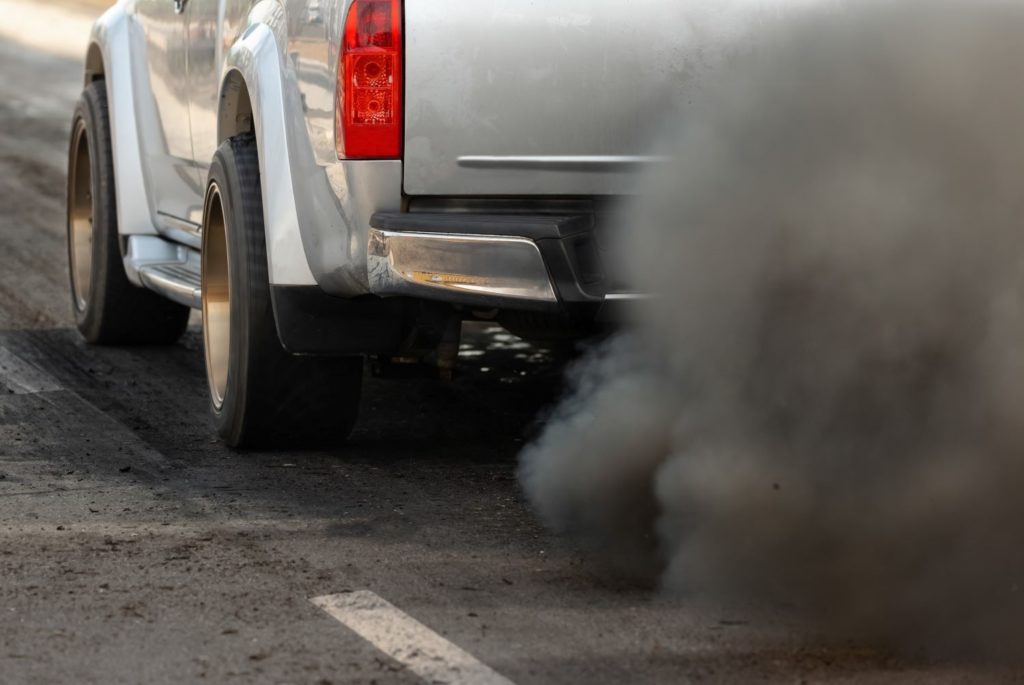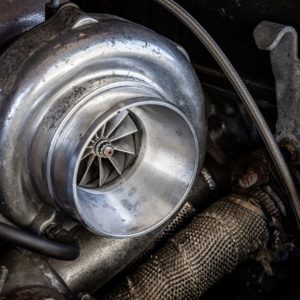Does your vehicle’s engine feel sluggish? A scan tool can help you identify the problem. If it shows a P2263 code, this article will help you learn about its definition, common causes, and common symptoms.
What Does the P2263 Code Mean?
The P2263 code is defined as Turbocharger/Supercharger Boost System Performance. The powertrain control module (PCM) triggers the P2263 code when the requested amount of boost isn’t being provided by the turbocharger. This typically happens when the boost pressure sensor is detecting a value that the PCM doesn’t deem appropriate given the current operating conditions. This code can indicate a problem with the turbocharger or its control system.

Note: The definition of the P2263 code can be different depending on the vehicle manufacturer. Consult the appropriate repair manual or repair database for the exact code definition.
What are the Common Causes of the P2263 Code?
Several causes of problems that trigger the P2263 code include:
- Failed turbocharger
- Failed boost pressure sensor
- Turbocharger wastegate failure
- Clogged catalytic converter
- Faulty actuator (variable geometry turbochargers)
- Faulty exhaust back pressure sensor
- Air intake leaks
- Intercooler problems

What are the Common Symptoms of the P2263 Code?
The common symptoms of the issues that set the P2263 code can vary depending on whether your vehicle uses a gasoline or diesel engine. Gasoline-powered vehicles might exhibit the following symptoms:
- Illuminated check engine light
- Poor acceleration and performance
- Low boost pressure
- Unusual noises from under the hood
Meanwhile, diesel vehicles can have these symptoms:
- Illuminated check engine light
- The exhaust belches white or black smoke
- Lack of power
- Low boost pressure
- Unusual noises from under the hood
- Engine can surge unexpectedly while idling

How to Diagnose the P2263 Code
While the P0672 code’s definition implies that the turbocharger or supercharger has a problem, this isn’t always the case. To fix the issues that trigger the diagnostic trouble code (DTC), you must first correctly determine the cause. This can require visually inspecting the turbocharger and several other sensors, which might be difficult if you aren’t familiar with your engine’s structure. Doing this job properly might also require particular equipment and knowledge. If you aren’t familiar with DIY repairs, we recommend visiting a competent mechanic who can correctly diagnose the problem for you.
How to Fix the P2263 Code
Unfortunately, there isn’t a universal approach to resolving the problems that trigger OBD-II codes. The repair procedure will differ depending on the defective component and the vehicle model. The best course of action is a proper diagnosis. Once the problem has been correctly identified, you can examine various internet vehicle repair resources and how-to guides for possible solutions. Your vehicle’s owner’s manual can also contain valuable troubleshooting advice.
Any information provided on this Website is for informational purposes only and is not intended to replace consultation with a professional mechanic. The accuracy and timeliness of the information may change from the time of publication.














